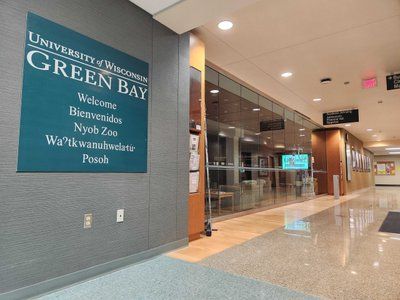By Tom Still
MADISON
– Just when you thought you had the politics of the pro- and anti-Obamacare debate
figured out, along come some pesky numbers to upset your thinking.
With
the end of the open enrollment period set for late March, there are huge
state-to-state differences in terms of people signing up for coverage through the
federal Affordable Care Act, or “Obamacare,” as its commonly called.
Wisconsin
is among six Republican-led “red” states where official opposition to Obamacare
has been stiff, but where sign-up rates are on target or even ahead of the
game. Others are Florida, Idaho, Maine, Michigan and North Carolina.
Conversely,
some Democratic “blue” states or jurisdictions are lagging: Maryland,
Massachusetts, Oregon and the District of Columbia.
The
answer may rest less in politics than in demographics. In Wisconsin, according
the U.S. Department of Health and Human Services, 56,436 people had enrolled
through Feb. 1. That was ahead of the government’s sign-up goal of 48,980 for
the state by that date. Of that total, only 20 percent are what health experts
call “the invincibles” – young people 18 to 34 years old who often think they
don’t need health insurance. That compares to 25 percent in the young category nationally
so far.
On
the other end of the scale, 43 percent of Wisconsin’s enrollees are between the
ages of 55 to 64, compared to 31 percent nationally.
That
means Wisconsin is among the states with the oldest profiles for Obamacare
sign-ups so far, along with West Virginia and Maine. The Congressional Budget
Office set a goal of 79,000 enrollees in Wisconsin by March 31; the national
goal is about 7 million.
Connecticut
stands at twice its Feb. 1 goal while neighboring Massachusetts, which
pioneered the approach taken by Obama under then-Gov. Mitt Romney, stands at
about 5 percent of its target. Go figure.
So
far, the federal government has not delayed the requirement than uninsured
individuals sign up. That means uncovered individuals who do not sign up by
March 31 will face federal tax penalties that will grow over time. For
uncovered people who don’t sign up for coverage by March 31, the penalty is $95
per adult or 1 percent of annual income, whichever is higher. That penalty
grows in succeeding years – and the sign-up periods will be more sharply
defined.
Getting
‘creative’ with entrepreneurship
The
last time you heard the phrase “creative economy” may have been a decade or so ago
when author and researcher Richard Florida wrote “The Rise of the Creative
Class,” and there was an economic development scramble over whose city could be
perceived as more hip than the next metro.
Of
course, if you have to work at being hip, you probably aren’t. But the concept
of creativity, arts and the entrepreneurship has endured, so much so that a
bill being debated in the Wisconsin Legislature could establish a “Creative
Economy Development Initiative.”
Anne
Katz, executive director of Arts Wisconsin, testified Feb. 12 on the size of
the economic opportunity – which extends to entrepreneurship in areas that
don’t necessarily involve high-tech startups, but are nonetheless innovative.
“Strengthening
Wisconsin’s creative industries is a critical strategy for the state and all of
its communities to compete in the global economy, educate our children, engage
residents, and to develop, attract and retain entrepreneurs and a high skilled
work force through healthy, vibrant communities where people want to live,
work, learn and play,” Katz told a Senate committee.
Dun
& Bradstreet estimates Wisconsin’s creative sector includes about 12,000
businesses and employs nearly 50,000 people in full-time jobs – mostly with
small, entrepreneurial companies. Americans for the Arts and the Wisconsin Arts
Board report that Wisconsin’s nonprofit arts and cultural sector is a $535-million
industry, resulting in $65 million in local and state tax revenues, 22,872
full-time equivalent jobs and $479 million in resident income.
If
approved, the “Creative Economy” initiative would be run through the Wisconsin
Arts Board. A grant program requiring a $2 to $1 match would target for-profit
and non-profit arts and community businesses, economic development groups and local
governments.





